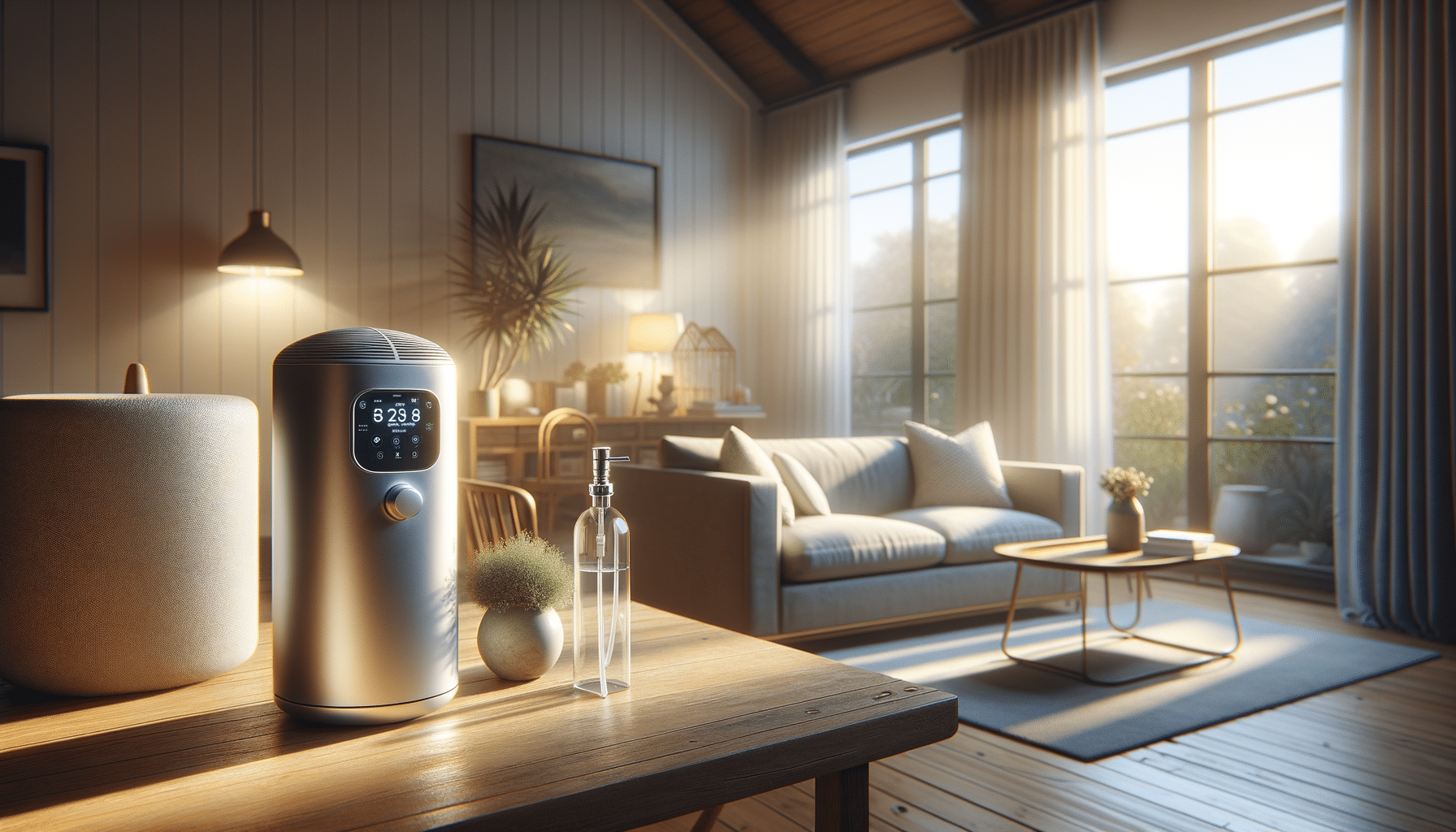
Oxygen Concentrators: Pricing, Features, and Benefits for People with Chronic Lung Conditions
Introduction: Understanding Oxygen Concentrators
Oxygen concentrators have emerged as crucial medical devices, particularly for individuals suffering from chronic lung conditions. These devices are designed to provide supplemental oxygen, helping patients manage their breathing difficulties more effectively. As respiratory issues become more prevalent, understanding the pricing and features of these devices is paramount for both healthcare providers and patients. While the market offers various models, prices can vary significantly based on the device’s capabilities and portability.
Oxygen Concentrator Prices: Factors to Consider
The price of an oxygen concentrator is influenced by several factors, including its capacity, brand, and additional features. Typically, stationary oxygen concentrators, which are designed for home use, are more affordable compared to their portable counterparts. These devices range from a few hundred to several thousand dollars, depending on their oxygen output capabilities and technological advancements.
When evaluating costs, it’s essential to consider the following:
- Oxygen output: Devices with higher oxygen output generally come at a higher price.
- Energy efficiency: Energy-efficient models might have a higher upfront cost but offer savings in the long run.
- Warranty and support: Longer warranties and robust customer support can add to the price but provide peace of mind.
Furthermore, insurance coverage can significantly impact the out-of-pocket expenses for patients, making it vital for buyers to verify their insurance policies regarding oxygen concentrators.
Portable Oxygen Concentrator Prices: Balancing Cost and Convenience
Portable oxygen concentrators (POCs) are designed for mobility, allowing users to maintain an active lifestyle without the constraints of stationary devices. These units are generally more expensive due to their compact design and battery-operated functionality. Prices for POCs can range from several hundred to over three thousand dollars, largely influenced by the device’s size, weight, and battery life.
Key considerations when purchasing a portable oxygen concentrator include:
- Battery life: Longer battery life is crucial for users who travel frequently, impacting the device’s price.
- Size and weight: Lightweight models are often more costly but offer greater ease of transport.
- Noise level: Quieter units may command higher prices, enhancing user comfort.
Ultimately, the choice of a POC should align with the user’s lifestyle and medical needs, ensuring they receive the necessary oxygen support without compromising on convenience.
Comparing Features and Benefits of Oxygen Concentrators
When selecting an oxygen concentrator, understanding the features and benefits of different models is essential to making an informed decision. Both stationary and portable models offer unique advantages tailored to specific user needs. Stationary concentrators are ideal for home use, providing consistent oxygen flow with minimal maintenance. They are equipped with larger compressors, offering more robust performance for users with higher oxygen requirements.
Conversely, portable oxygen concentrators provide flexibility and freedom of movement. They are designed with advanced technology to deliver oxygen efficiently on the go. Despite their higher cost, the convenience of use and mobility they offer can be invaluable for active users.
Additionally, technological advancements have led to the development of concentrators with smart features such as digital displays, oxygen purity sensors, and connectivity options for remote monitoring. These features enhance user experience and ensure optimal device performance, though they may also contribute to higher pricing.
Conclusion: Making an Informed Choice
Choosing the right oxygen concentrator requires careful consideration of individual needs, lifestyle, and budget. Whether opting for a stationary or portable model, understanding the pricing dynamics and features of these devices can help users make informed decisions. As technology advances, the options available continue to grow, offering enhanced functionality and user satisfaction. Ultimately, selecting an oxygen concentrator that aligns with personal health requirements and financial constraints is crucial for improving quality of life for those with chronic lung conditions.


